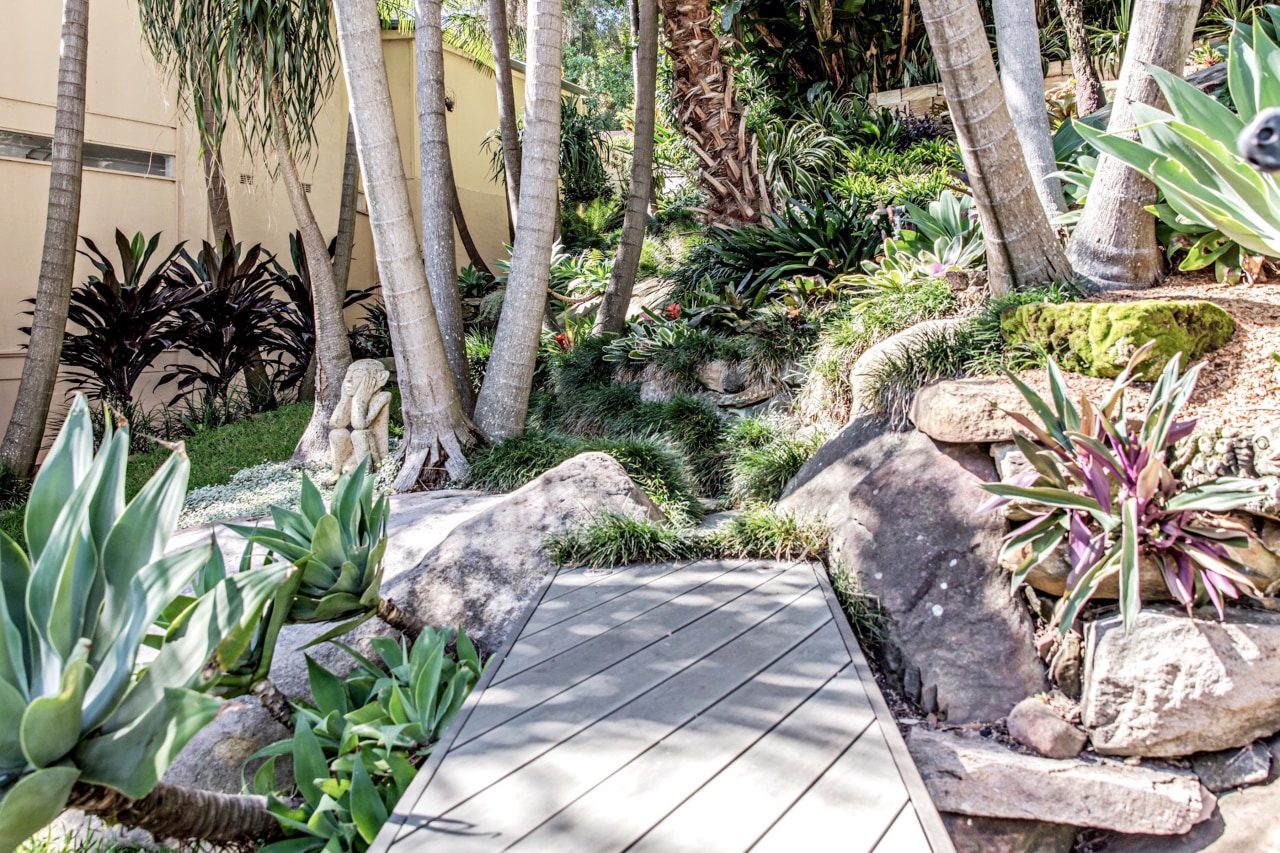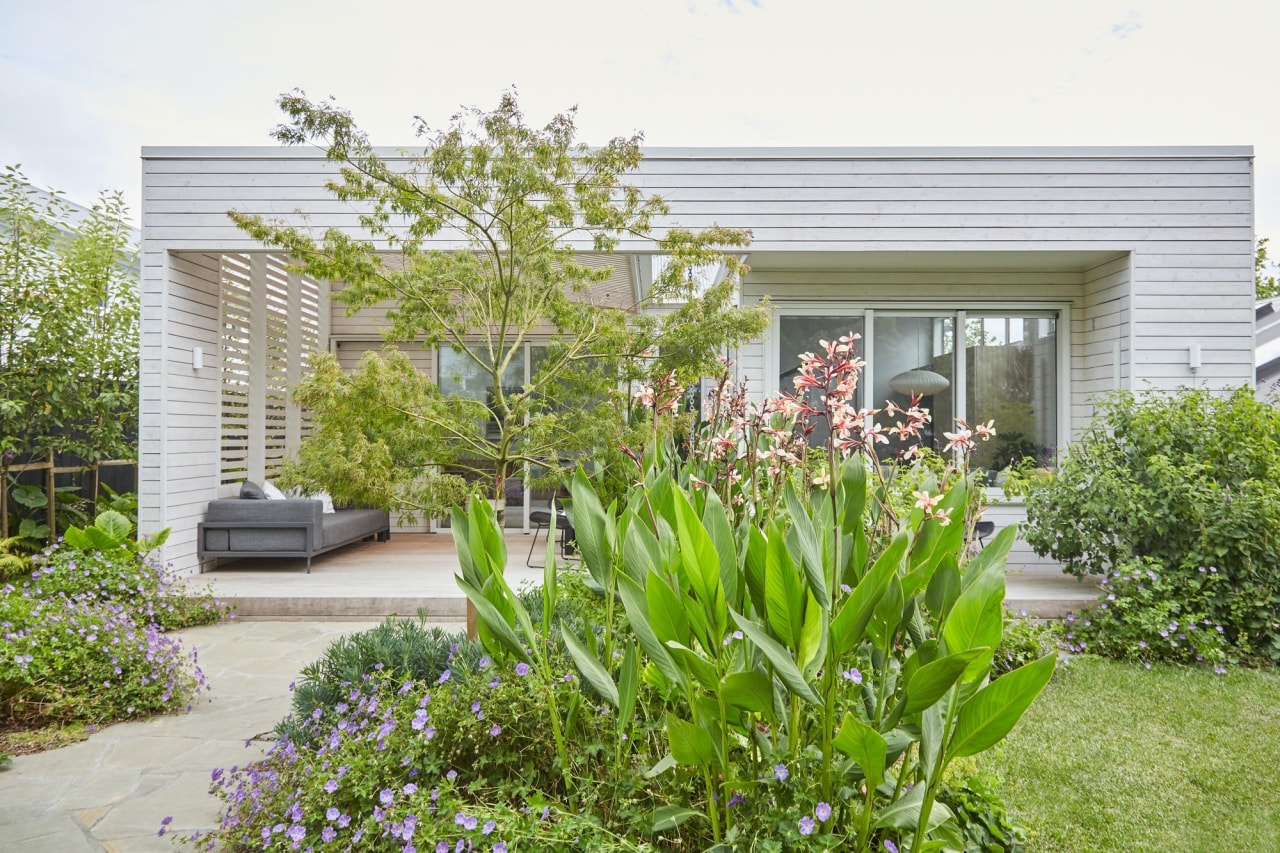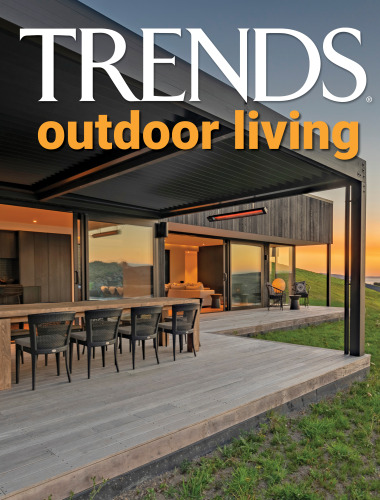Landscaping 101: Tips for a great outdoor space
From planning to planting, landscaping projects don't have to be as overwhelmingly difficult as they might initially seem. Here we provide some great first steps for first timers
Landscaping your outdoor space can seem like a daunting task, but it doesn't have to be. By planning ahead, being realistic and thinking carefully about what you want from the design, you can create the perfect outdoor space that works for you. Here's how.

Planning
You might be tempted to rush out, get everything you need and starting right away. However, the best outdoor spaces are always the result of great restraint and patience.
Think about functionality
To get the most use out of your outdoor project, the first thing you should think about is what its purpose is. Do you want a thriving vegetable garden in your back yard? Are you a consummate entertainer who loves having people over? Do you need somewhere for the kids to play? Or do you simply want somewhere to sit back and relax?
Once you've decided the function (or functions) of the area, this will help with space planning.

Sketch it out
Now that you know what you want, sketching a plan will help you visualise the space and streamline your ideas. After a few sketches, you might even end up improving upon your original design.
One idea for sketching is to consider the design of your home. Do you want the outdoor space to complement this, or go for something completely different?
Another consideration is exposure to the sun, wind and rain. This will factor into the placements of plants and help you define areas of use.
Be realistic
Your space may not be ideal, but with some clever planning you can make it work for you. There are a couple of things you should consider, though:
Time planning: You won't be able to transform your landscape overnight – it may take you months. Make sure to set aside enough time on weekends and in the afternoons that you can dedicate to your landscaping.
Maintenance: Once your garden is complete, it will have to be maintained. That's why it's a good idea to factor that into your initial planning. Don't overcommit by making the design too complex (especially if it is your first time). Mowing, weeding, re-planting and general upkeep will be that much harder if the design is overly complicated – so keep it relatively simple.

Budget
As with planning for time and the use of the space, a budget is also necessary for keeping everything on track. Factor in upfront costs for the initial task such as seeds, mulch and equipment, as well as maintenance costs. It's likely that unexpected costs will arise, so it helps to include an additional 20% to your budget to cover these.
Making space
Now that everything's planned out, lets turn your landscape into a blank canvas ready for decorating. Rip out any existing plants you don't want to remain, kill any weeds you come across and get rid of smaller trees. For your safety, it's best to bring a professional in to get rid of larger trees or structures such as decks or pergolas that you no longer want in your space.
Hardscaping
Hardscaping, as the name suggests, involves the hard inanimate parts of the landscape. This can range from paving, footpaths and fences to structures like outdoor kitchens, gazebos and even water features. Because it can be quite destructive to the landscape, it's best to take care of hardscaping before anything is planted.
Ideally you'll achieve a balance of hardscaping and softscaping ("soft" being the living parts of the landscape, such as grass, flowers and trees). Too much hardscaping will make your landscape feel sad and utilitarian, while too much softscaping will make maintenance difficult.

Planting
Finally, we've reached the part you've been waiting for. Before planting, add compost or mulch to help the soil recover and become more fertile.
We mentioned before about taking the elements into account, which is why planning ahead is essential. If you don't, your plants may not survive long.
One way around this, of course, is to choose native or low maintenance plants. Native plants will be better suited to the climate than exotic ones (but that doesn't mean you shouldn't consider them). Low maintenance plants require less work, so are a good option if you can't commit too much time to maintaining them.
There are too many varieties to recommend, so consult a garden centre or a friend with a very green thumb to give you suggestions. Your plants can serve various purposes, whether they're providing food, adding privacy, minimising the effects of allergies or just making the space look better – so choose what works for you.
For visual interest, choose a variety if plants with different textures and shapes. These will bring your space to life even further.
One last thing for planting – ensure you leave enough space so your plants don't grow into each other.

Embellish your new landscape
Once you're content with your planting and the space in general, you can add all the bells and whistles. Here are some ideas:
- Choose outdoor furniture that's hardy enough to handle the elements. Remember that stainless steel and aluminium are all-weather, but steel is not – it will rust over time, even with a coating.
- Planters and hanging baskets are another way of injecting more greenery and colour into your space.
- Fire pits allow year-round use of your outdoor space, and can be good for entertaining.
- Add personal touches that show off your personality, such as outdoor art or statues.

Light up your life
Changing your lighting indoors presents the fastest and most economical way to rework your interior – and the same can go for your outdoor space.
- Along with the above mentioned fire pit you can add waterproof string lights which brighten any outdoor space and are extremely economical to run.
- Garden torches are another pleasing option.
- Lastly, check our outdoor lighting guide for ways to add light outside at night, there are some fantastic solar lighting options available.
Home kitchen bathroom commercial design
9 tile shapes and finishes that think outside the square
Reflection and repose
Gabled approach

